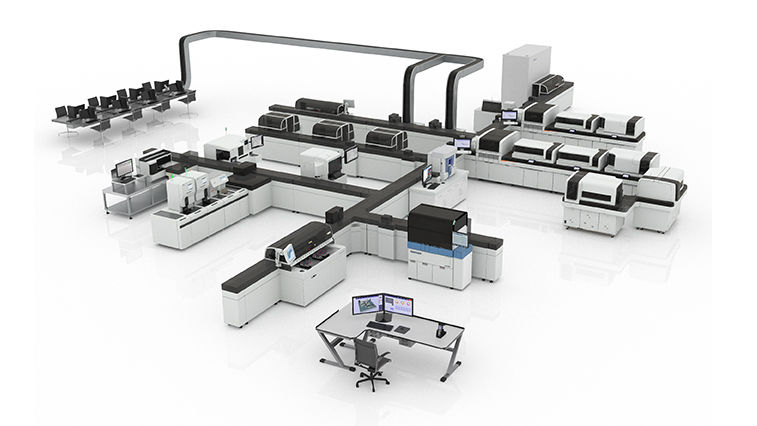Ultrasound for COVID-19 patients
- AMECO

- May 26, 2020
- 2 min read
Updated: Jun 24, 2020
The COVID-19 pandemic continues to develop rapidly, particularly in the United States and Europe. Imaging procedures are an essential component of care for patients with symptoms. Besides computed tomography (CT) and X-ray imaging, lung ultrasound (LUS) has become an emerging tool for assessing COVID-19 patients.
The clinical spectrum of COVID-19 ranges from mild respiratory complaints to severe lung failure. A rapid and reliable distinction has to be made between SARS-CoV-2-related pneumonia and other lung conditions. COVID-19 is primarily diagnosed on the basis of a real-time polymerase chain reaction (RT-PCR) assay of throat swabs or sputum [1]. On suspicion of COVID-19, existing CT or X-ray imaging is standard. But where emergency rooms and intensive care units are already confronted with COVID-19 patients or are preparing for a sharp increase, LUS is gaining importance – particularly as it is predestined to be used at the bedside in the form of point-of-care ultrasound (PoCUS).
Characteristics of COVID-19 that can be visualized with LUS
SARS-CoV-2 infections primarily affect the smallest alveoli at the periphery of the lung. As a rule the lesions are located close to the pleura and thus in an area that can be visualized very well by ultrasound. In LUS, diagnosis is based on artifacts – which are apparent, interfering phenomena in the X-ray, CT or MRT image. For COVID-19, the following characteristic artifacts have been found [2, 3]:
The echo-rich horizontal line corresponding to the visceral pleura (pleura line) appears thickened and irregular
B-lines with varying patterns, including focal, multifocal, and confluent lines
Consolidation (accumulations of fluid and/or tissue in pulmonary alveoli preventing gas exchange) with varied patterns, including small multifocal, non-translobar and translobar lines
Appearance of A-lines during the recovery phase
Pleural effusions are rare
The relevant studies are rather small, with only 20 patients. However, the group around Qian-Yi Peng [2] comes to the conclusion that the sonographic findings are comparable with those of lung CT (table).






Comments